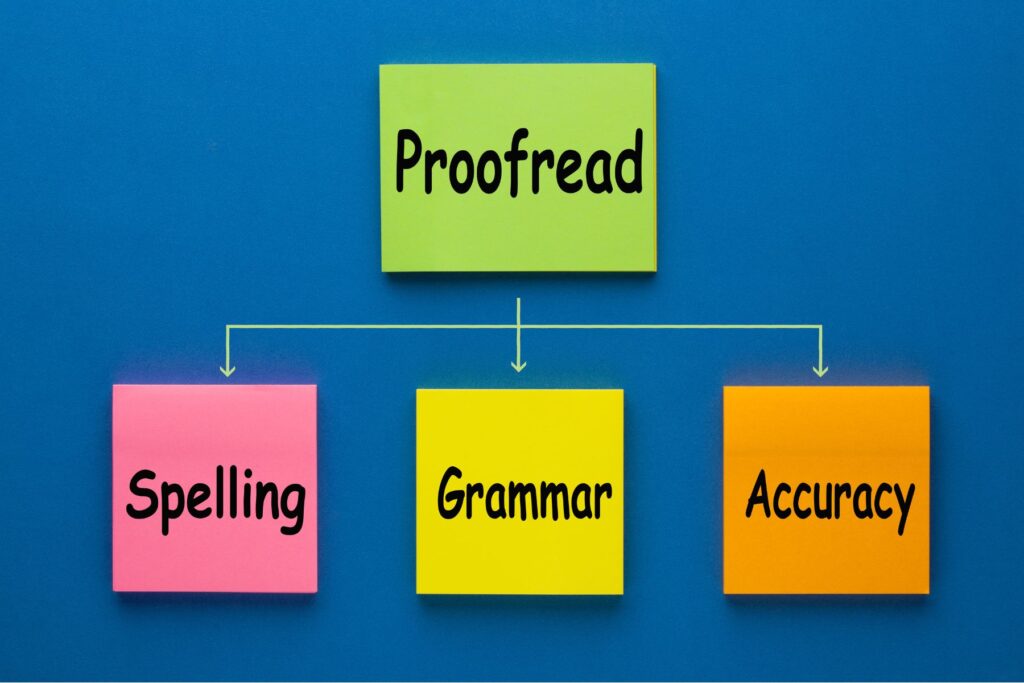Tautology is a critical concept in copywriting. Its presence can subtly undermine the effectiveness of a message, diluting its impact and clarity. As copywriters, the quest for persuasive, crisp, and clear communication is paramount. This article explains what tautology is, why it’s essential to avoid it, and how recognizing and eliminating it can significantly elevate the quality of your writing. Understanding and applying these insights can enhance your projects and increase your success in booking more work.
Understanding Tautology

What is Tautology?
Tautology is an unnecessary repetition of meaning using different words or phrases. It’s a redundancy, a saying of the same thing twice in different words, where the repetition adds no additional clarity or value. For instance, phrases like “advance planning” or “bonus” are tautological; the words ‘advance’ and ‘added’ are superfluous since planning is inherently about the future, and a bonus is, by definition, something extra.
Why Do Writers Use Tautologies?
The use of tautologies often stems from an attempt to emphasize a point or to make the text appear more robust and detailed. Sometimes, it’s a matter of habit. Other times, it arises from the misconception that a more complex sentence conveys greater authority or knowledge. However, this approach can backfire, leading to bloated, unclear writing that fails to engage the reader.
Impact of Tautology on Copywriting

Diminishing Message Impact
Tautology in copywriting can significantly weaken the impact of your message. Redundancies not only inflate word count unnecessarily but also dilute the potency of your statements. When every word should drive home a point or evoke an emotion, tautologies act as speed bumps, slowing reader engagement and detracting from the core message.
Affecting Reader Engagement
The primary goal of copywriting is to hook the reader and keep them engaged. Tautological phrases can create a sense of monotony and predictability in the text. Readers, especially those in the digital age with short attention spans, may lose interest if the content feels repetitive or bloated. In an industry where conciseness is a virtue, tautologies are a liability.
Clarity and Precision
Good copywriting is marked by clarity and precision. Tautology, by introducing needless repetition. Thus, its use muddies otherwise clear waters of concise communication. It forces the reader to wade through redundant information, which can lead to confusion or misinterpretation of the intended message.
Identifying Tautology in Your Writing
Recognizing tautology in your writing can be challenging, as these phrases often slip into our prose unnoticed. However, you can learn to spot and eliminate them with practice and attention. As a result, you’ll sharpen your copywriting skills.
Self-Editing and Revising Tautology
The first step in identifying tautology is thorough self-editing. After writing your initial draft:
- Take a break, then return with fresh eyes.
- Read your work aloud; hearing the words spoken often highlights repetitive phrases that might be missed when reading silently.
- Look for phrases where two or more words express the same idea and question whether each word is necessary for clarity and impact.
Common Pitfalls
Be aware of common tautological traps. Phrases like “each and every,” “first and foremost,” “free gift,” and “true facts” are frequently used without adding value. Please familiarize yourself with such common redundancies and be vigilant in spotting them in your writing.
Feedback and External Help
Undoubtedly, it is hard to spot flaws in our writing. Seeking peer feedback or using writing tools that highlight tautologies can be invaluable. Fresh perspectives can pinpoint areas of improvement that you might overlook.
Improving Writing by Avoiding Tautology
Eliminating tautological phrases cleans up your copy and elevates its quality, making your writing more impactful and engaging.
Enhancing Clarity and Conciseness
The key to powerful copywriting lies in its clarity and brevity. Removing tautologies strips away the unnecessary, leaving only the essential. This refinement process makes your message more direct and easier for the reader to understand. A clear, concise statement often has a stronger impact than a cluttered one.
Word Choice and Sentence Structure
Paying close attention to word choice is crucial. Opt for strong, specific words that convey your message without repetition. Similarly, sentence structure plays a vital role. Structuring your sentences to avoid redundancy improves readability and makes your writing more dynamic and engaging.
Common Examples of Tautology and Their Redundancies
Understanding specific tautology examples can help you recognize and avoid them in your writing. Here are ten common tautological phrases, along with explanations of why they are redundant:
- Advance Warning: Warnings are inherently about something that will occur in the future, making ‘advance’ unnecessary.
- Free Gift: Gifts are, by definition, free; thus, the addition of ‘free’ is redundant.
- Each and Every: ‘Each’ and ‘every’ convey the same meaning of individual attention; using both is superfluous.
- Past History: History always refers to the past, so ‘past’ is redundant.
- Unexpected Surprise: Surprises are, by nature, unexpected, making the qualifier unnecessary.
- True Facts: Facts are inherently true, so labeling them as ‘true’ is needless.
- Final Outcome: Outcomes are end results; ‘final’ is redundant.
- Basic Essentials: Essentials are fundamentally basic, so ‘basic’ does not add meaning.
- Future Plans: Plans are always for the future, so the word ‘future’ is extraneous.
- Repeat: To repeat is to do again, so ‘again’ is repetitive in this context.
These examples show how easy it is to slip into tautological expressions. They often seem to add emphasis or clarity, but they offer neither. Recognizing these common examples can sharpen your editing skills and help you create concise and impactful prose.

The Takeaway: Eliminating Tautologies Makes Your Writing Clearer
Understanding and avoiding tautology is vital in the increasingly competitive world of copywriting, where every word counts. This article has explored tautology, its impact on writing, and how to identify and eliminate it from your copy. We’ve seen that seemingly innocuous tautologies can dilute your message’s power and clarity, making your writing less effective and engaging.
Remember, the goal is to communicate with precision and brevity. By recognizing common tautological phrases and rigorously editing your work, you can enhance the quality of your writing. This knowledge benefits your immediate writing projects and contributes to your growth.
Embrace the challenge of refining your writing. Avoiding tautology is not just about removing unnecessary words; it’s about honing your ability to convey ideas in the most impactful way possible. Remember that every word should serve a purpose as you continue honing your writing skills. Your dedication to clear, concise, and powerful writing will improve your projects and increase your opportunities to book more work.
Continuous learning and improvement are key. Let this guide on avoiding tautology serve as a chapter in your evolution, leading you to more compelling and persuasive copywriting.
